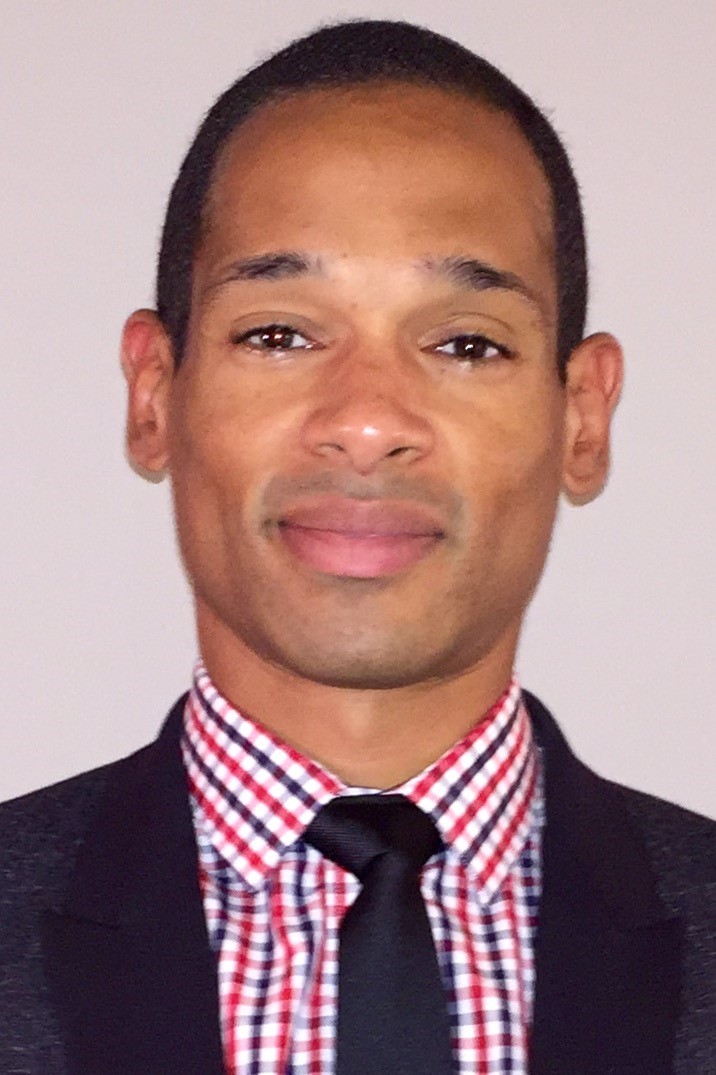Spinal cord stimulators (SCS) are implantable devices used to treat various intractable pain conditions. Device placement is generally performed in a minimally invasive fashion with patients under moderate to deep sedation, which enables the patient to verify placement in the region corresponding to the pain distribution. An awake patient is also able to verbalize sensations that may predict potential injury to the spinal cord.
Unfortunately, this procedure can be uncomfortable for patients, particularly those with anxiety, airway difficulties, obesity, or sleep apnea. Doctors at the University of Chicago are using the technique of neuromonitoring, which enables the patient to remain asleep during the entire procedure. Neuromonitoring is the continuous surveillance of the patient’s nervous system through the use of electrical impulses and the measurement of these impulses through electrodes attached to the patient’s various muscles.
Neuromonitoring has been used in the fields of neurological and orthopedic surgery for years but has just recently made its debut in SCS implantation. There are limited studies observing neuromonitoring in this application, so doctors have shared the case study of a patient who successfully underwent the procedure and reported 90% pain reduction one week later.
The case study received a Resident/Fellow Best of Meeting Abstract and Research Award from the American Society of Regional Anesthesia and Pain Medicine (ASRA) for its 19th Annual Pain Medicine Meeting, being held virtually November 20-22, 2020. Lead author David Cassagnol, MD, will present Abstract #1366, “A Case of Intraoperative Neuromonitoring during Spinal Cord Stimulator Placement” on Saturday, November 21, at 12 pm.
The case, in agreement with the limited literature on the subject, suggests that the technique can be used safely with successful results. Compared to the awake technique, the neuromonitoring/asleep technique had fewer adverse events and shorter procedure times.
Other challenges encountered with the awake anesthetic, such as agitation, airway difficulties, the delicate balance between patient comfort and maintenance of consciousness, and the delays incurred during patient awakening for verbal feedback, are mostly eliminated with the asleep modality. Finally, patients with certain comorbidities such as anxiety, obesity, or sleep apnea can benefit greatly from the asleep technique. These benefits not only have the potential to increase patient satisfaction, but also provide proceduralists with a viable option for the implantation of these devices.
ASRA is a professional member organization of more than 5,000 physicians and healthcare providers across the United States and the world. The vision of ASRA is to relieve the global burden of pain. ASRA is dedicated to advancing the science and practice of regional anesthesia and pain medicine to improve patient outcomes through research, education, and advocacy. Learn more at www.asra.com.
